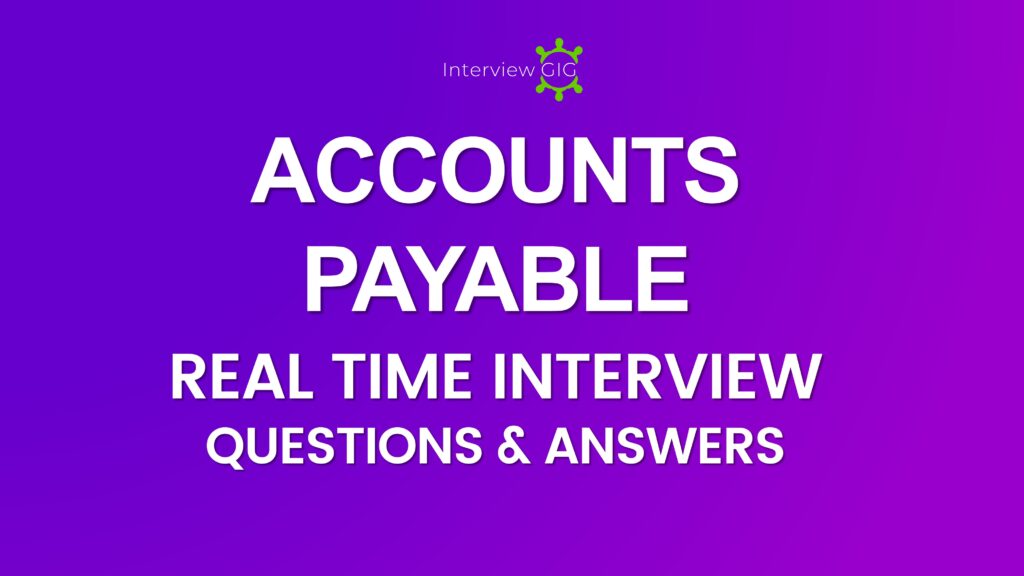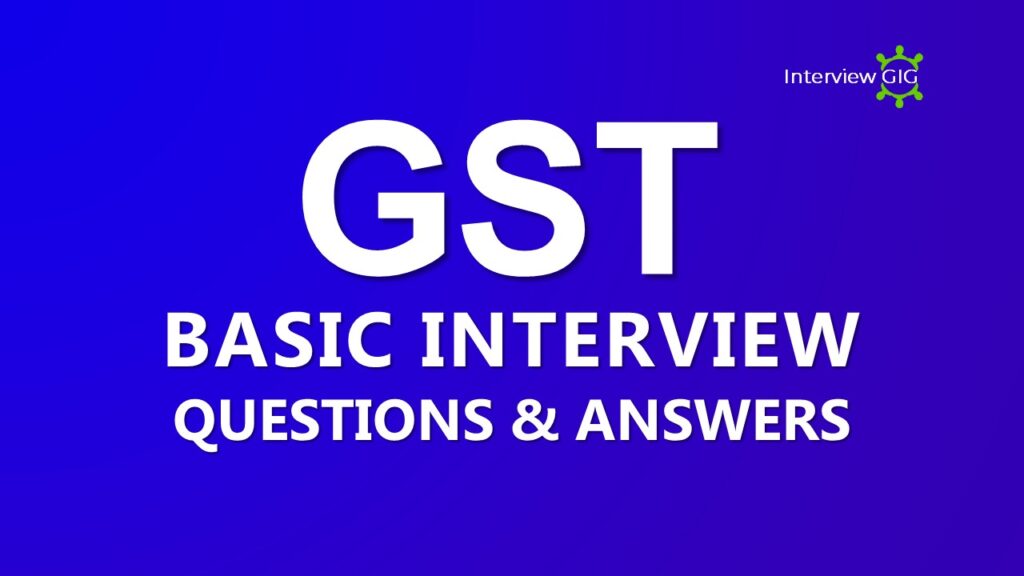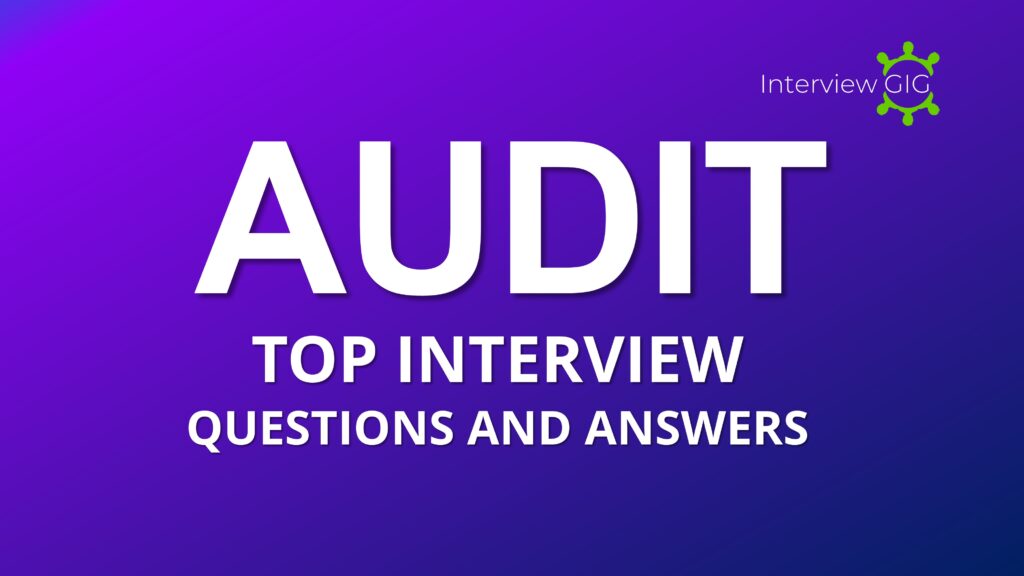What is banking?
Banking is a business of accepting deposits and lending money. It is disbursed by monetary intermediaries that performs the functions of safeguarding deposits and providing loans to the general public. Banking is a licensed and regulated financial institution that lends money, accepts deposits and carries out other financial transactions for its clients.
What is Banking System?
Banking systems can be defined as a mechanism through which the money supply of the country is created and controlled. The banking system enables us to understand Commercial Banks, Secondary Banks, Central Banks, Merchant Bank or Accepting Houses and Discount Houses but to exclude the Saving Banks and Investment and other intermediaries.
What are the different types of Banks?
- Investment Banking
- Retail banking
- Commercial Banking
- Central Banking
- Credit unions are similar to banks
- Online Banking
- Saving and loans …more.
Can you explain Investment Bank?
Investment banks, sometimes called wholesale banks, provide financial services to other financial institutions and corporates, and occasionally to countries. A key role is that the supplying of securities for a listed company, either through AN IPO or a secondary issue, so as to lift capital for enlargement.
Investment banks conjointly give loans, typically for millions of dollars, to companies that like debt as a method to raise capital. This is also known as merchant banking.
Can you explain Commercial Banking?
Commercial banks (also known as business banking or institutional banking), or divisions of banks, provide banking services to businesses, from small companies through to corporate banking directed at large corporations. They help companies raise finance to expand their businesses and to maintain their cash flow by lending them money.
Its refers to banking products and services designed for corporations, institutions, and sometimes governments, as opposed to banking products offered to individual consumers. They provide a wide range of other financial services.
Can you explain Retail Banking?
Retail banking provides financial services for families and small businesses. The three most important functions are credit, deposit and money management. The consumer-oriented services offered by commercial banks. These services include checking and savings accounts, mortgages and various types of loans and investment services relating to retirement and educational planning.
Can you explain state bank?
A state bank is generally a financial institution that is chartered by a state. It differs from a reserve bank in that it does not necessarily control monetary policy (the state in question may have no legal capacity to create monetary policy), but instead usually offers only retail and commercial services. A state bank that has been in operation for five years or less is called a de novo bank.
In the United States the term “state-chartered bank (SCB)” or “state-chartered savings bank (SCSB)” is used in contradistinction to “national bank” or “federal savings bank (FSB)”, which are technically chartered across all US states. A national bank must have “National” or “N.A.” in its corporate name, a Federal Savings Bank must have “Federal” or “F.S.B.” in its name, while a state-chartered bank cannot have “National” or “Federal” in its name
Can you explain central banking?
A central banking or monetary authority is a monopolized and often nationalized institution given privileged control over the production and distribution of money and credit. In modern economies, the central bank is usually responsible for the formulation of monetary policy and the regulation of member banks.
Can you explain The World Bank?
The World Bank is an international financial institution that provides loans to countries of the world for capital programs. It comprises two institutions: the International Bank for Reconstruction and Development (IBRD), and the International Development Association (IDA). The World Bank is a component of the World Bank Group. The World Bank Group (WBG) was established in 1944 to rebuild post-World War II Europe under the International Bank for Reconstruction and Development (IBRD).
Today, the World Bank functions as an international organization that fights poverty by offering developmental assistance to middle-income and low-income countries. By giving loans and offering advice and training in both the private and public sectors, the World Bank aims to eliminate poverty by helping people help themselves. Under the World Bank Group, there are complimentary institutions that aid in its goals to provide assistance.
Can you define payroll cards?
These cards are types of smart cards issued by banks to facilitate salary payments between employer and employees. Through payroll card, employer can load salary payments onto an employee’s smart card, and employee can withdraw the salary even though he/she doesn’t have an account in the bank.
What is ‘Cheque Discount’?
Cheque discounting service is financial institution allows you to take funds against a check without waiting for that check to clear. More sophisticated discounting scenarios use post-dated checks, creating the equivalent of a short-term loan for the amount and time frame of the check. The lending institution typically charges interest on the amount that’s withdrawn, as well as a range of service fees that vary between institutions and countries.
Can you define Private Banking?
It is similar to retail banking; private banking refers to banking and financial services provided to high-net-worth individuals. Private bankers provide financial and wealth management services on a much more personal level than traditional retail banks, which is why it can be considered a separate type of banking.
For More:
Can you define Group Banking?
A plan offered by banks designed to be used by groups rather than individuals. A common example is a company plan offered to employees. Usually the bank will offer incentives such as discounts, lower fees and interest rates, as well as other benefits not available to individual customers. Group banking members may have access to lower interest rates, lower fees, discounts and other perks not available to regular account holders.
Can you define Mixed Banking?
It is a system of banking where a bank combines both deposit banking as well as investment banking. In other words, the bank will provide short-term loans for commerce and trade and long-term finance for industrial units.
Can you explain Unit Banking?
It refers to a bank that is a single, usually small bank that provides financial services to its local community. A unit bank is independent and does not have any connecting banks branches in other areas. Branch banking refers to a bank that is connected to one or more other banks in an area or outside of it; to its customers, this bank provides all the usual financial services but is backed and ultimately controlled by a larger financial institution.
Banking systems encourage either small, independent banks or banks that are theoretically independent but are in fact owned by a bank holding company.
Can you define Chain Banking?
It refers to a form of bank governance that occurs when a small group of people control at least three banks that are independently chartered. Chain banking is also different from branch banking, a situation where all local branches of a bank are owned by a single banking institution.
Can you define Branch Banking?
Branch banking is engaging in banking activities such as accepting deposits or making loans at facilities away from a bank’s home office. It refers to a single bank which operates through various branches in a city or in different locations or out of the cities. It offers a wide array of face to face service to its customers.
Can you explain Line of credit?
It is an agreement or arrangement between the bank and a borrower, to provide a certain amount of loans on borrower’s demand. The borrower can withdraw the amount at any moment of time and pay the interest only on the amount withdrawn. For example, if you have $5000 line of credit, you can withdraw the full amount or any amount less than $5000 (say $2000) and only pay the interest for the amount withdrawn (in this case $2000).
Can you define Fiscal Deficit?
Fiscal Deficit is the difference between the government’s total receipts (excluding borrowings)
Can you define Sub-prime crisis?
The current Subprime crisis is due to sub-prime lending. These are the loans given to the people having low credit rating.
Can you define Repo Rate?
It is the rate at which our banks borrow rupees from RBI. Whenever the banks have any shortage of funds they can borrow it from RBI. A reduction in the repo rate will help banks to get money at a cheaper rate. When the repo rate increases, borrowing from RBI becomes more expensive.
Can you explain cashier’s cheque?
A cashier cheque issued by the bank on behalf of the customer and takes the guarantee for the payment. The payment is done from the bank’s own funds and signed by the cashier. The cashier cheque is issued when rapid settlement is necessary.
Can you explain NBFCs?
Non-bank financial companies (NBFCs) are financial institutions that provide banking services, but do not hold a banking license. NBFCs do offer all sorts of banking services, such as loans and credit facilities, retirement planning, money markets, underwriting, and merger activities. These institutions are not allowed to take deposits from the public.
Can you explain overdraft protection?
Overdraft protection is a service that is provided by a bank to their customer. For instance, if you are holding two accounts, saving and credit account, in the same bank. Now if one of your accounts does not have enough cash to process the cheques, or to cover the purchases.
The bank will transfer money from one account to another account, which does not have cash so to prevent check return or to clear your shopping or electricity bills.
Can you explain Crossed Cheque?
A crossed cheque indicates the amount should be deposited into the payees account and cannot be cashed by the bank over the counter. Here in the image, number#2, you can see two cross-lines on the left side corner of the cheque that indicates crossed cheque.
Can you explain Annual Percentage Rate?
APR (Annual Percentage Rate) is a charge or interest that the bank imposes on their customers for using their services like loans, credit cards, mortgage loan etc. The interest rate or fees imposed is calculated annually.
For More:
Can you explain Bank Rate?
Bank rate, also referred to as the discount rate, is the rate of interest which a central bank charges on the loans and advances that it extends to commercial banks and other financial intermediaries. Changes in the bank rate are often used by central banks to control the money supply.
Can you define cost of debt?
When any company borrows funds, from a financial institution (bank) or other resources the interest paid on that amount is known as ‘cost of debt’.
Can you define balloon payment?
The ‘balloon payment’ is the final lump sum payment that is due. When the entire loan payment is not amortized over the life of the loan, the remaining balance is due as the final repayment to the lender. Balloon payment can occur within an adjustable rate or fixed rate mortgage.
Can you define Amortization?
The repayment of the loan by instalment to cover principal amount with interest is known as ‘Amortization’.
Can you define negative Amortization?
When repayment of the loan is less than the loans accumulated interest, then negative Amortization occurs. It will increase the loan amount instead of decreasing it. It is also known as ‘deferred interest’.
Can you explain the difference between Cheque and Demand draft?
Both are used for the transfer of the amount between two accounts of same banks or different bank. ‘Cheque’ is issued by an individual who holds the account in a bank, while ‘Demand draft’ is issued by the bank on request and will charge you for the service. Also, demand draft cannot be cancelled, while cheques can be cancelled once issued.
Can you define debt-to-Income ratio?
The debt-to-income ratio is calculated by dividing a loan applicant’s total debt payment by his gross income.
Can you define adjustment credit?
Adjustment credit is a short-term loan made by the Federal Reserve Bank (U.S) to the commercial bank to maintain reserve requirements and support short term lending, when they are short of cash.
Can you explain foreign draft?
It is an alternative to foreign currency; it is generally used to send money to a foreign country. It can be purchased from the commercial banks, and they will charge according to their banks rules and norms. People opt for ‘foreign draft’ for sending money as this method of sending money is cheaper and safer. It also enables receiver to access the funds quicker than a cheque or cash transfer.
Can you define Loan grading?
The classification of loan based on various risks and parameters like repayment risk, borrower’s credit history etc. is known as ‘loan grading’. This system places loan on one to six categories, based on the stability and risk associated with the loan.
What is Credit Check?
A credit check or a credit report is done by the bank on a basis of an individual’s financial credit. It is done in order to make sure that an individual is capable enough of meeting the financial obligation for its business or any other monetary transaction. The credit check is done keeping few aspects in concern like your liabilities, assets, income etc.
Can you define prime rate?
Prime rate is the rate of interest that is decided by nations (U.S.A) largest banks for their preferred customers, having a good credit score. Much ‘variable’ interest depends on the ‘prime rates’. For example, the ‘APR’ (Annual Percentage Rate) on a credit card is 10% plus prime rate, and if the prime rate is 3%, the current ‘APR’ on that credit card would be 13%.
What is ILOC (Irrevocable Letter Of Credit)?
It is a letter of credit or a contractual agreement between financial institute (Bank) and the party to which the letter is handed. The ILOC letter cannot be cancelled under any circumstance and, guarantees the payment to the party. It requires the bank to pay against the drafts meeting all the terms of ILOC. It is valid upto the stated period of time.
For example, if a small business wanted to contract with an overseas supplier for a specified item they would come to an agreement on the terms of the sale like quality standards and pricing and ask their respective banks to open a letter of credit for the transaction. The buyer’s bank would forward the letter of credit to the seller’s bank, where the payment terms would be finalized and the shipment would be made.
What is the difference between bank guarantee and letter of credit?
There is not much difference between bank guarantee and letter of credit as they both take the liability of payment. A bank guarantee contains more risk for a bank than a letter of credit as it is protecting both parties the purchaser and seller.
What are the different types of Loans offered by Commercial Banks?
Start-Up Loans: This type of Loan is offered to borrower to start their business and can be used to build a storefront, to acquire inventory or pay franchise fees to get a business rolling.
Line of Credit: Lines of credit are another type of business loan provided by commercial banks. It is more like a security for your business; the bank allows the customer to withdraw the amount from readily available funds in an adverse time. Customer or Company can pay back over time and withdraw money again without going into the loan process.
Small Business Administration Loans: It is a Federal Agency (U.S) that gives funding to small businesses and entrepreneurs. SBA (Small Business Administration) loans are made through banks, credit unions and other lenders who partners with SBA.
Can you explain Bill Discount?
Bill Discount is a settlement of the bill, where your electricity bill or gas bill is sold to a bank for early payment at less than the face value and the bank will recover the full amount of the bill from you before bill due date.
For example, electricity bill for XYZ is $1000; the electricity bill company will sell the bill to the bank for 10% to 20% discount to the face value. Here, the bank will buy the electricity bill for $900 whose face value is $1000, now the bank will recover, full amount of bill from the customer i.e $1000. If the customer fails to pay the bill, the bank will put interest on the outstanding bill and ask the customer for the payment.
Can you explain Bill Purchase?
In Bill Purchase the loan will be created for the full value of the draft and the interest will be recovered when the actual payment comes. For example, a ‘Sight draft’ is presented for which the loan is created for 100% of the draft value. The money is received after 7 days, and then the interest will be recovered for 7 days along with the principal amount
What do you mean by term CASA related to bank?
CASA stands for Current Account Savings Account. The CASA ratio shows how much deposit a bank has in the form of current and saving account deposits in the total deposit. A higher CASA ratio means better operating efficiency of the bank because on current account there is no interest payable whereas on savings account a tiny 3.5% interest is payable by the bank. CASA ratio shows how much of the deposit of the bank comes from the current and savings deposit.
Can you define Credit-Netting?
A system to reduce the number of credit checks on financial transaction is known as credit-netting. Such agreement occurs normally between large banks and other financial institutions. It places all the future and current transaction into one agreement, removing the need for credit cheques on each transaction.
Can you define Para Banking?
Para Banking includes all the services provided by banks apart from day to day banking. For example: – Debit cards, Credit cards, Life Insurance products, Cash Management services etc.
What is Marginal Standing facility (MSF)?
In MSF, banks borrow money from RBI for upto 24 hours. MSF is always 1% above the repo rate and banks can draw only upto 25 of their NDTL from RBI
Can you define white label ATM?
White label ATM refers to ATMs owned by corporate or private operators seeking to earn a commission by banks for transactions performed by their customers. For ex:- INDICASH by TATA group.
Can you define brown label ATM?
Brown label ATM refers to the ATMs where investment, installation and maintenance is by a private operator but the license and branding is by a commercial bank.
What is the difference between FII and FDI?
FDI or foreign direct investment is an investment that a parent company makes in a foreign country. FII or Foreign Institutional Investor is an investment made by an investor in the markets of a foreign nation. FII can enter the stock market easily and also withdraw from it easily. But FDI cannot enter and exit that easily as FDI only targets a specific sector.
What is Capital Adequacy Ratio? What is DEMAT account?
CAR is the proportion of capital to the banks’ risk. DEMAT accounts are those in which shares, securities and insurance policies are kept in electronic form.
What is the CAD? What is Fiscal deficit?
CAD or current account deficit is the difference between the imports and exports of a nation in one financial year whereas fiscal deficit is the difference between total revenue and expenditure of a nation.
Can you define Charge-off?
It is a declaration by a lender to a borrower for non-payment of the remaining amount, when borrower badly falls into debt. The unpaid amount is settled as a bad debt.
What ‘LIBOR’ stands for?
‘LIBOR’ stands for London Inter-Bank Offered Rate. As the name suggest, it is an average interest rate offered for U.S dollar or Euro dollar deposited between groups of London banks. It is an international interest rate that follows world economic condition and used as a base rate by banks to set interest rate.
LIBOR comes in 8 maturities from overnight to 12 months and in 5 different currencies. Once in a day LIBOR announces its interest rate.
Can you define Payday loan?
A pay-day loan is generally, a small amount and a short-term loan available at high interest rate. A borrower normally writes post-dated cheques to the lender in respect to the amount they wish to borrow.
Can you define Cost of Funds Index (COFI)?
COFI is an index that is used to determine interest rates or changes in the interest rates for certain types of Loans.
Can you define Convertibility Clause?
For certain loan, there is a provision for the borrower to change the interest rate from fixed to variable and vice versa is referred as Convertibility Clause.
Can you explain cheque endorsing?
It ensures that the cheque get deposited into your account only. It minimizes the risk of theft. Normally, in endorsing cheque, the cashier will ask you to sign at the back of the cheque. The signature should match the payee. The image over here shows the endorsed cheque.
Can you define Payday loan?
A pay-day loan is generally, a small amount and a short-term loan available at high interest rate. A borrower normally writes post-dated cheques to the lender in respect to the amount they wish to borrow.
Can define HTM & AFS?
Available-for-sale (AFS), Held-to-maturity (HTM)
Can you explain mark to market?
Mark-to-market is an accounting practice by which companies value and report their assets, especially financial instruments, at market price. Market price basically refers to the price at which the asset, or a similar asset, is trading at in a public exchange. The concept is derived from the accounting principle of prudence.
Can you explain dated securities?
Dated Government securities are long term securities and carry a fixed or floating coupon (interest rate) which is paid on the face value, payable at fixed time periods (usually half-yearly). The tenor of dated securities can be up to 30 years.
What is Cost of Funds Index (COFI)?
COFI is an index that is used to determine interest rates or changes in the interest rates for certain types of Loans.
Can you explain treasury bills?
Treasury Bills are the instruments of short term borrowing by the Central/State govt. They are promissory notes issued at discount and for a fixed period. These were first issued in India in 1917 Treasury bills (T-bills) offer short-term investment opportunities, generally up to one year. They are thus useful in managing short-term liquidity. At present, the Government of India issues three types of treasury bills through auctions, namely, 91-day, 182-day and 364-day. There are no treasury bills issued by State Governments.
Can you define yield?
In finance, the term yield describes the amount in cash that returns to the owners of a security. Normally it does not include the price variations, at the difference of the total return. Yield applies to various stated rates of return on stocks (common and preferred, and convertible), fixed income instruments (bonds, notes, bills, strips, zero coupon), and some other investment type insurance products (e.g. annuities).
Can you explain Convertibility Clause?
For certain loan, there is a provision for the borrower to change the interest rate from fixed to variable and vice versa is referred as Convertibility Clause.
What is the difference between Microfinance and microcredit?
Micro credit is giving a small amount of loan to the customers whereas Micro Finance is a wide term. It includes small loan + training on financial matters. In other words, Micro finance= Microcredit + Financial Literacy.
Can you explain financial inclusion?
Financial inclusion is the availability of banking services at a affordable cost in order to include the weaker section of the society in the banking system. In 2004, Kofi Annan (UNO Head) was addressing UNESCO conference and the word “Financial Inclusion” was for the first time used by him at that time.
In 2006, a committee was made under the chairmanship of Mr. HR Khan for financial inclusion and the report said that 57% of Indian population was deprived of banking facilities.
What are the different types of ‘Fixed Deposits’?
There are two different types of ‘Fixed Deposits’
Special Term Deposits: In this type of ‘Fixed Deposits’, the earned interest on the deposit is added to the principal amount and compounded quarterly. This amount is accumulated and repaid with the principal amount on maturity of the deposit.
Ordinary Term Deposits: In this type of ‘Fixed Deposits’, the earned credit is credited to the investor’s account, once in a quarter. In some cases, interest may be credited on a monthly basis.
The earned interest on fixed deposits is non-taxable. You can also take a loan against your fixed deposit.
Can you define Term Repo?
Under term repo, RBI lends to banks through auction of funds. The minimum interest charged has to be above the repo rate and there is no limit for maximum interest rate because auction is made on the rate of interest
Can you define LAF?
Liquidity Adjustment Facility (Shortform-LAF) was introduced by RBI during June, 2000 in phases, to ensure smooth transition and keeping pace with technological upgradation.
Can you explain CRR Rate?
Cash reserve Ratio (CRR) is the amount of funds that the banks have to keep with RBI. If RBI decides to increase the percent of this, the available amount with the banks comes down. RBI is using this method (increase of CRR rate), to drain out the excessive money from the banks.
Can you explain SLR Rate?
SLR (Statutory Liquidity Ratio) is the amount a commercial bank needs to maintain in the form of cash, or gold or govt. approved securities (Bonds) before providing credit to its customers. SLR rate is determined and maintained by the RBI (Reserve Bank of India) in order to control the expansion of bank credit. SLR is determined as the percentage of total demand and percentage of time liabilities.
Time Liabilities are the liabilities a commercial bank liable to pay to the customers on their anytime demand. SLR is used to control inflation and propel growth. Through SLR rate tuning the money supply in the system can be controlled efficiently.
Which are the oldest banks in India?
In 1839, some Indian merchants in Calcutta established India’s first bank known as “Union Bank”, but it could not survive for long and failed in 1848 due to economic crisis of 1848-49. Similarly, in 1863, “Bank of Upper India” was formed but it failed in 1913. In 1865, “Allahabad Bank” was established as a joint stock bank. This bank has survived till date and is now considered as the oldest surviving bank in India.





